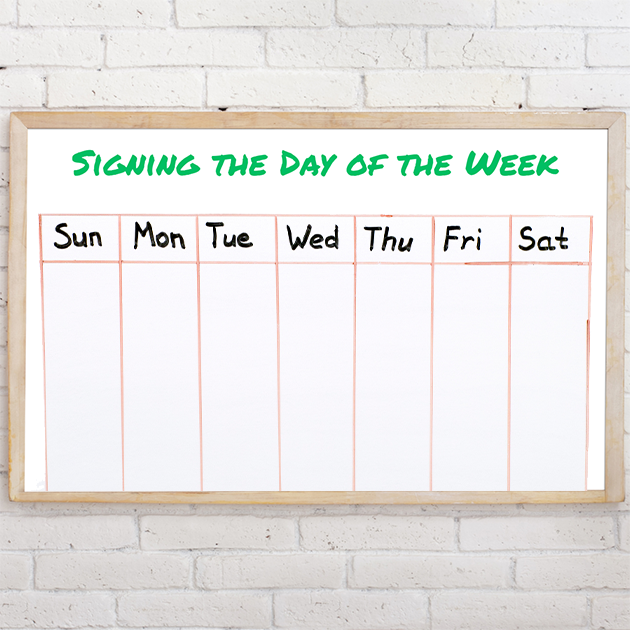Tips for Reading Fingerspelling
Many people talk to me about their frustrations with fingerspelling and want suggestions on how to improve their receptive skills when it comes to reading fingerspelling.
My suggestions tend to follow a lot of the same rules that apply to teaching a child to read:
- Practice, practice, pratice...the more you work on reading other people's fingerspelling, the better you will get. Everyone's fingers are different so it is important to practice with many different partners in order to experience all the styles of hands. (Unfortunately not everyone has long easily read fingers!)
- Don't get stuck on reading each letter as an individual letter. Instead think of it and the "shape" of the word. Watch for double letters and the beginning and ending letters. You should be able to fill in the rest with the contextual clues (much like you do with reading an unknown word in a sentence in a written passage).
- Instead of saying each letter as you are seeing it, say each SOUND. (You are basically sounding it out.) This will help as you are trying to figure out the word. That way when you miss a letter here and there, by sounding it out you will be able to fill in the blanks.
Fingerspelling, hands-down is one of the trickiest parts of the language. Don't get too frustrated. Take it slow at first. Don't be afraid to ask a deaf person to "spell it again please", they more than likely will be happy to repeat themselves.
Happy Signing!
ADVERTISEMENTS









Savvy User frankSaturday, March 13, 2010
This is some great advice!